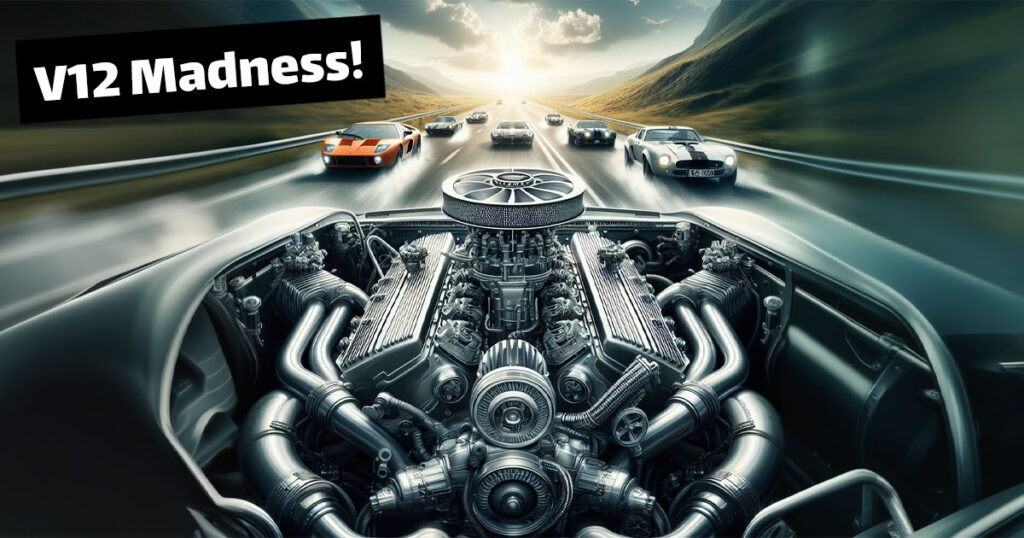
V12 engines, the epitome of automotive excellence, have graced the roads with their smooth-running prowess. Hailing mainly from Europe, where vintage sports cars welcomed their generous proportions, these engines are a symphony of success. But which among them stands tall as the most powerful and crucial to their manufacturers? Let’s dive into the ranking of the top five V12 engines ever built.
#1 Mercedes-Benz AMG M120 V12
What exactly was it?
The first V12 engine was built specifically for Mercedes-Benz passenger vehicles.
In which vehicles was it revealed?
S-Class coupes and sedans from 1991 to 2001, SL-Class roadster, and Pagani Zonda supercar.
What was the significance of it?
To keep up with the German Joneses, Mercedes-Benz wanted to balance BMW’s 12-cylinder engine, so when the W140 S-Class debuted in the early 1990s, it came with a 6.0L V12 engine good for about 400hp.
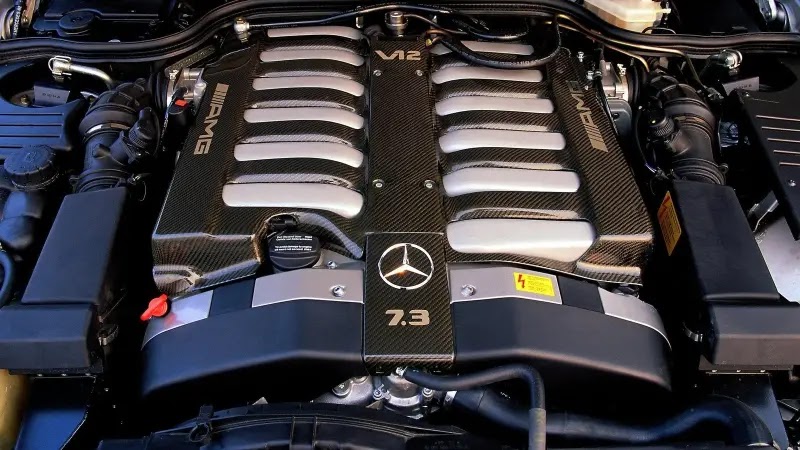
The most impressive version of this engine, however, was a special 7.3L unit designed for use in the Pagani Zonda supercar line. Until handing it over to Pagani, AMG engineers managed to boost the V12 to 678hp and 575 lb-ft of torque.
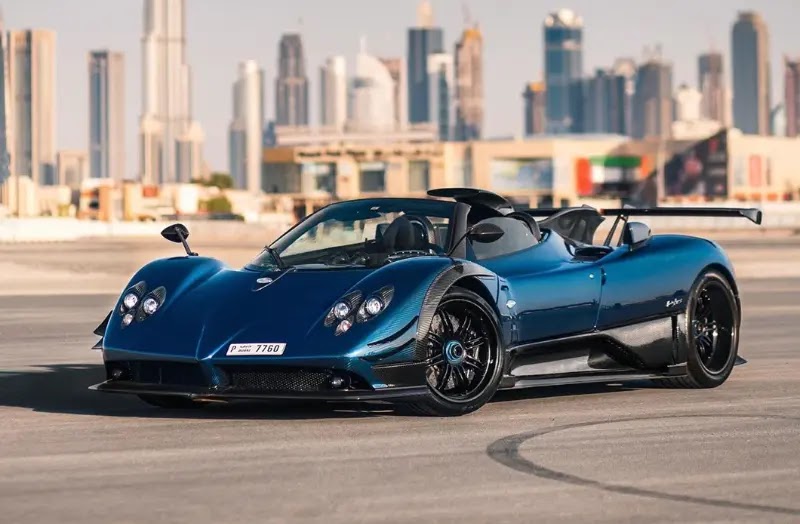
The engine was also crammed under the hood of the SL 73 AMG roadster, of which only 85 examples were ever produced (and where it made 525 horses and 553 lb-ft of twist).
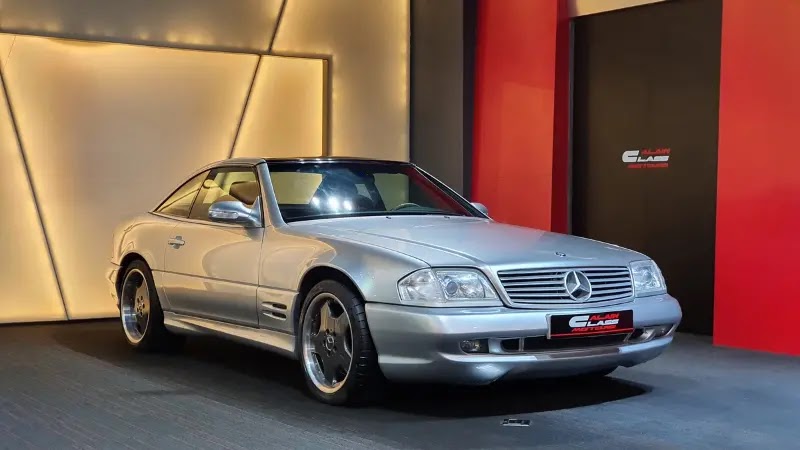
It remains Mercedes-biggest Benz’s street engine (and it’s much more popular in a Pagani, which had three times the output figures of the SL 73).
#2 BMW S70/2 V12
What exactly was it?
BMW’s most advanced engine from the 1990s.
What kind of vehicle was it produced in?
The supercar McClaren F1.
What was the significance of it?
BMW made a name for itself with its M70 and S70 V12s, which combined two of its smooth-running inline six-cylinder engines to produce a 5.0L model featured in the 7 and 8 Series.

When McLaren approached BMW in the early 1980s (after being turned down by Honda) in search of a motor for the new F1 exotic, BMW used the S70 as a starting point.
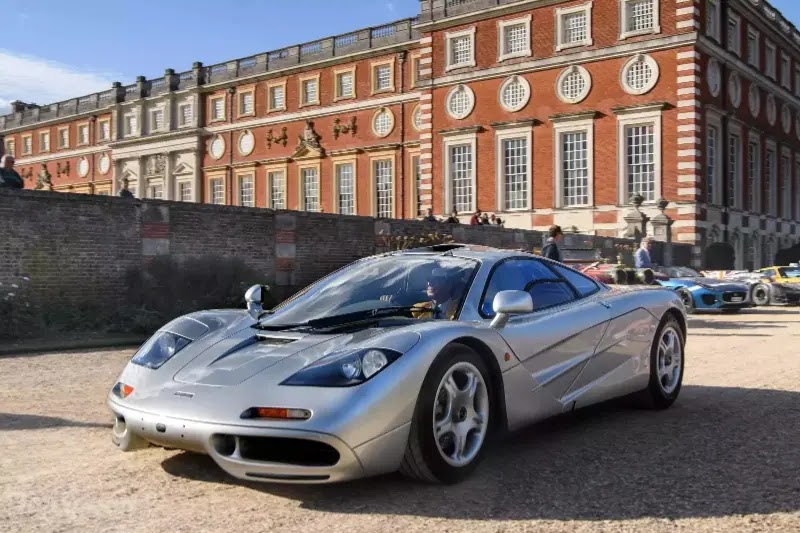
About every aspect of the engine was improved, with highlights including a dry-sump oiling system, magnesium cam carriers and covers, variable-valve timing, and all new heads of four valves per cylinder.
Power increased from 380hp to 618hp, which was more than even McLaren’s Gordon Murray had requested, and torque hovered about 480 lb-ft. Even today, this 30-year-old motor commands respect in terms of efficiency.
#3 Ferrari Colombo V12
What exactly was it?
Ferrari’s first V12 concept, which would serve the company for nearly four decades.
In which vehicles was it revealed?
The Ferrari 125, 166, 195, 212, 250, 365, 400, and 412 will all have a Colombo variant.
What was the significance of it?
This was Ferrari’s first in-house engine, designed by Gioacchino Colombo. It was initially used in a 1.5L version that was supercharged for use in the company’s first Formula One car in 1948, as well as pulling street duty in the Ferrari 125.
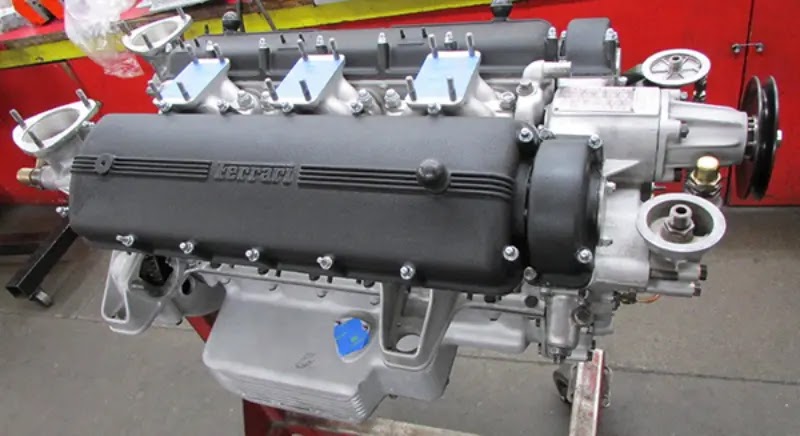
The 250 is well known as the inspiration for the first Testa Rossa racing cars and the 250 GTO, all of which were significant parts of the Ferrari legend.
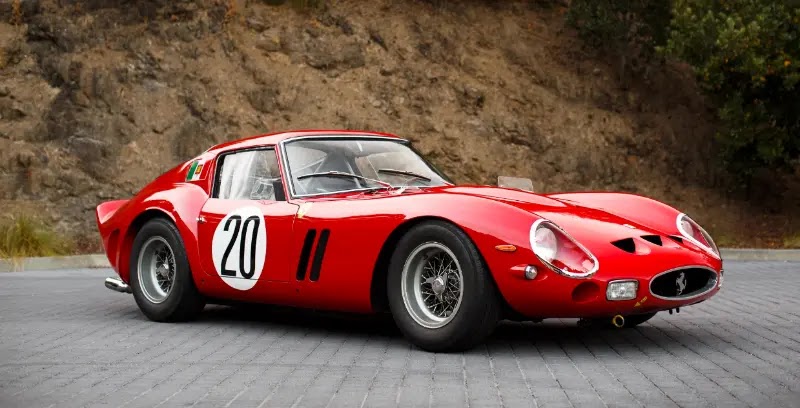
Further Colombo editions will be available in the 365 Daytona, with the final V12 finding a home in the 412i coupe, produced until 1988.
#4 Lamborghini L539 V12
What exactly was it?
Lamborghini’s first all-new engine in almost 50 years.
What kind of vehicle was it found in?
The Aventador LP700-4 and its variants.
What was the significance of it?
Lamborghini debuted the first V12 in 1963 and spent the next five decades transforming it through a series of legendary vehicles such as the Countach, Diablo, and Miura.
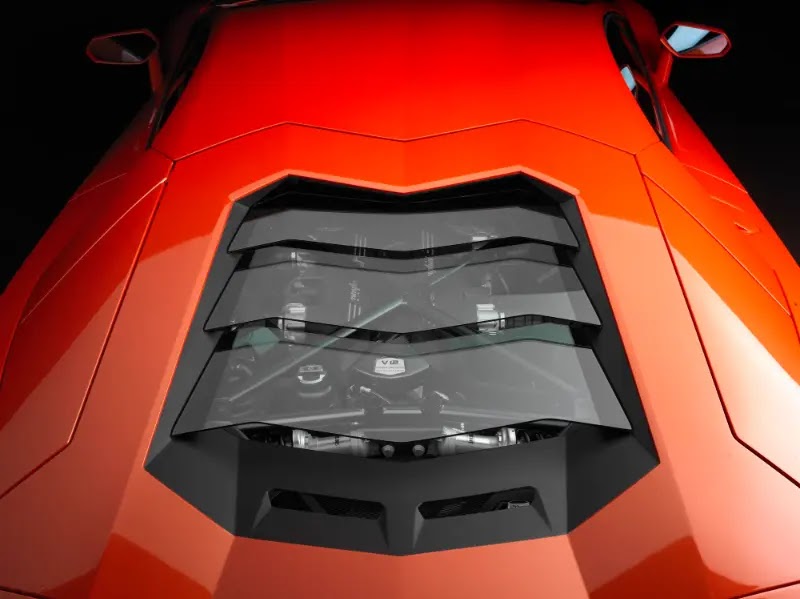
By 2011, it was apparent that a replacement was required, so the L539 debuted in the Aventador LP700. Capable of just under 700hp in its original configuration, the 6.5L mill will gradually rise to 759hp in the SVJ LP770-4 and an eye-watering 770hp in the special edition Centenario—all without the use of a single turbocharger.
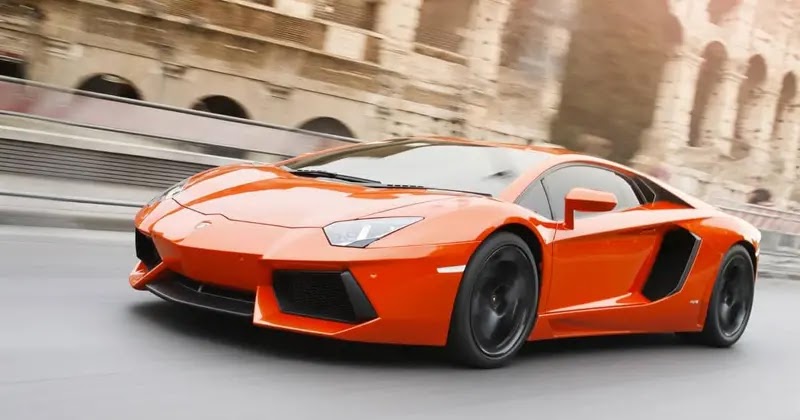
#5 Mercedes-Benz AMG M275/M279 V12
What exactly was it?
For most of the 2000s, AMG’s thunderous top-tier twin-turbo was the norm.
In which vehicles was it found?
AMG models include the S-Class, SL-Class, CL-Class, and G-Class, as well as the Maybach sedan series.
What was the significance of it?
Mercedes-Benz wanted to walk all over the luxury car set in 2003 with a completely insane twin-turbo V12. Initially, the unit produced 510hp and 612 lb-ft of torque, making the 5.5L engine the most powerful choice in the regular Benz lineup.
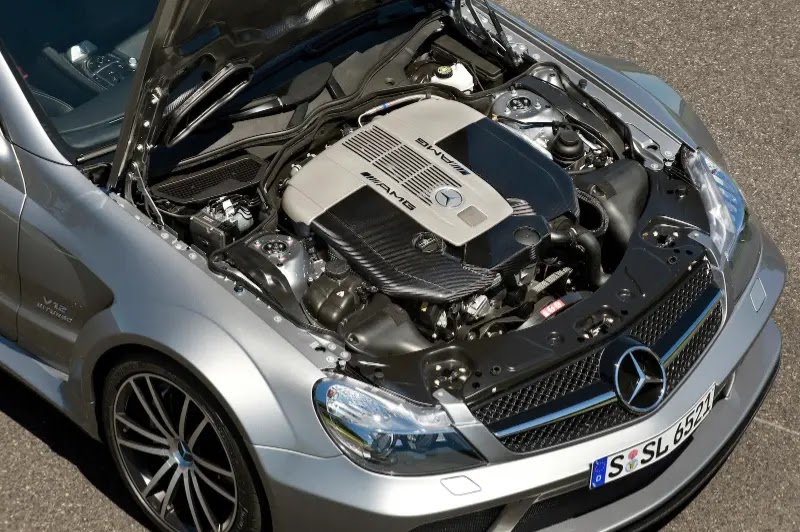
AMG will take the engine and boost it to 6.0L, producing 603hp and an incredible 738 lb-ft of torque around the board. Its ultimate evolution will be in the SL 65 AMG Black Series from 2008 to 2011, where larger turbos enabled it to produce an impressive 661hp and 885 lb-ft of torque.
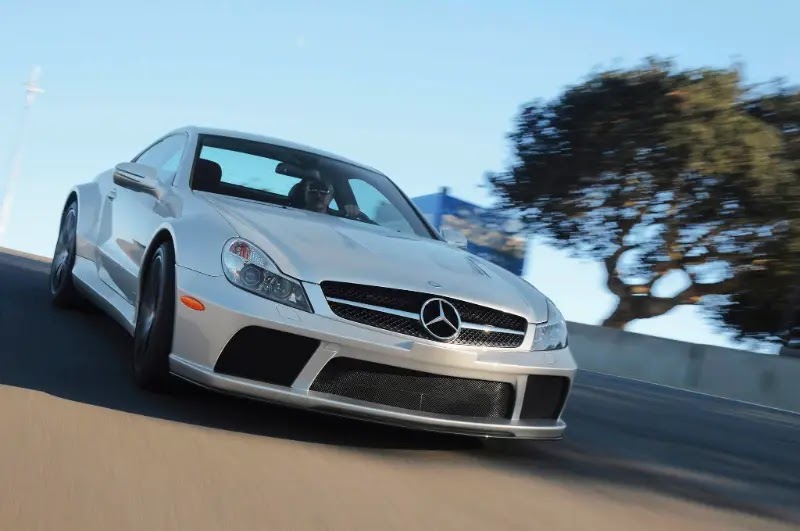
The M279 made its debut in 2012, and it retained much of the M275’s features while smoothing out consistency and enhancing drivability.
No comments:
Post a Comment